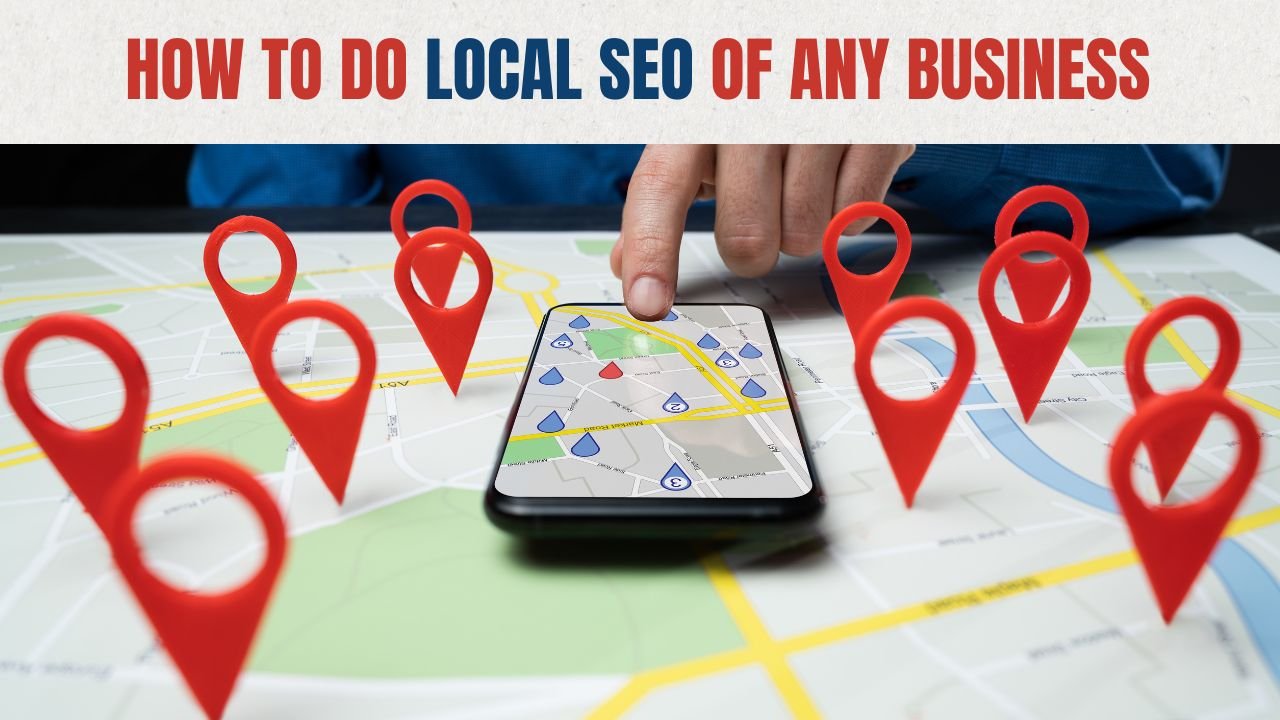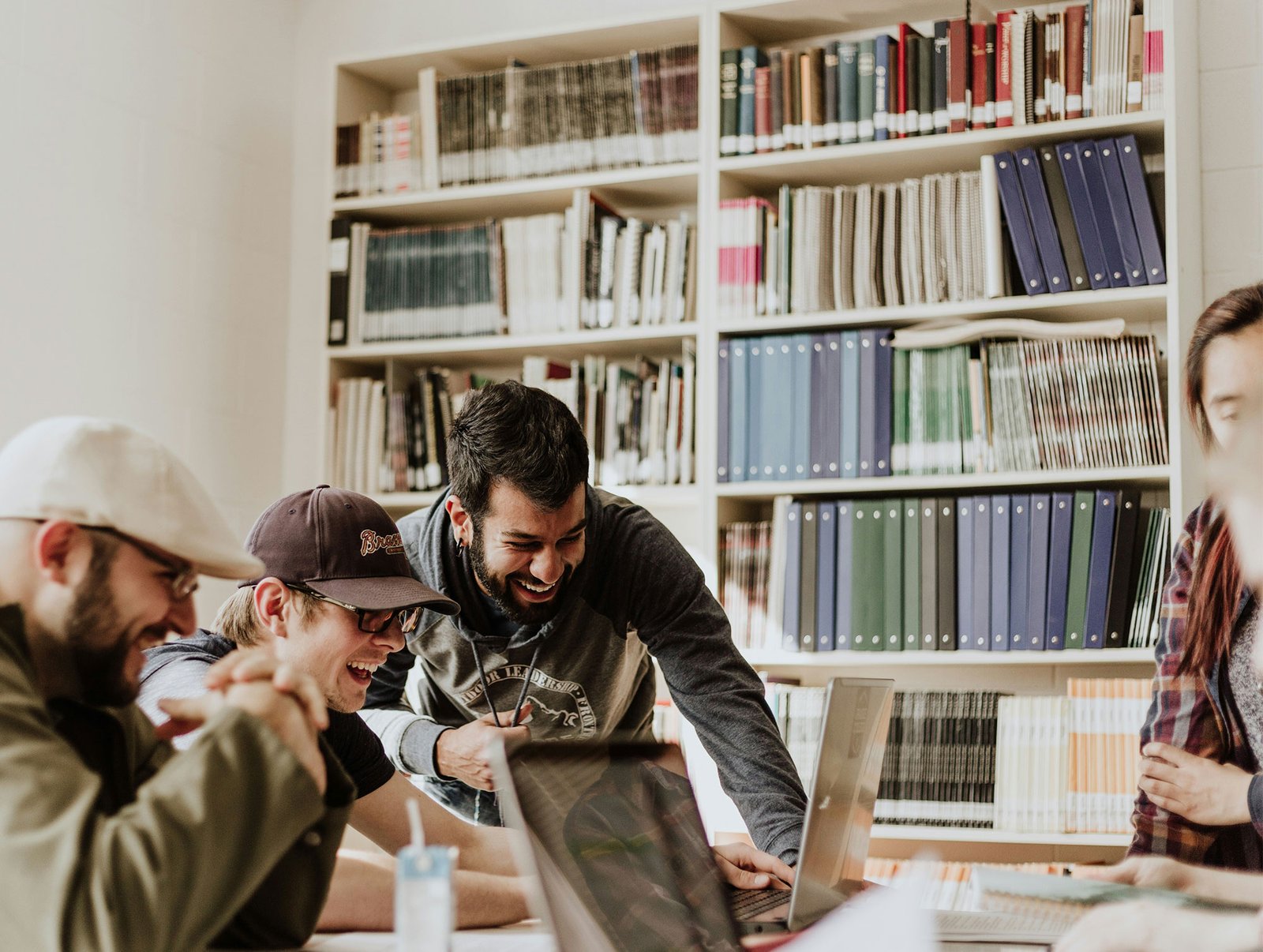
So, you’ve got a business. Maybe it’s a barbershop tucked into the corner of your street, or a tiny café that sells the strongest coffee in town, or who knows an accounting service where you’re just trying to get your first handful of clients. Whatever it is, the question hits: how do I get people in my area to actually find me online?
That’s where local SEO comes in. Search Engine Optimization sounds like one of those tech terms you need a 10-week course to understand. But honestly? It’s not rocket science. It’s just the art of showing up when people nearby are searching for what you offer.
And truth be told, when I first dabbled in local SEO for a family friend’s restaurant, I had no idea what I was doing. I Googled “best pizza in Lahore,” and their place didn’t even show up… not even on page 5. Funny thing is, they were actually good. Like, really good. But Google didn’t know that. So no one else did either.
Anyway, let me walk you through this. Step by step. No fluff, no “guru” talk. Just the real basics that actually move the needle.
Step 1: Get Your Google Business Profile (Don’t Skip This)
Alright, if you take nothing else from this guide, take this: claim your Google Business Profile (formerly Google My Business).
You might laugh, but I’ve seen business owners spend thousands on fancy websites and ads while ignoring this free thing from Google that literally puts them on the map. Like on the map. When people search “plumber near me,” it’s those little map results that pop up first.
Setting it up isn’t complicated:
- Go to Google Business Profile.
- Add your business name, address, phone number, hours, and categories.
- Verify (Google might mail you a postcard, or let you do it by phone).
Boom. You’re in the game.
Pro tip: upload real photos. Not stock images. If you run a bakery, snap a pic of that crooked cake you made at midnight it feels real, and people trust that more.
Step 2: Be Consistent with Your NAP
No, not the nap where you crash on your couch mid-day. NAP here means Name, Address, Phone number.
Google (and people) need consistency. If your website says “123 Elm Street” but your Facebook says “Elm St.” and your Yelp says “123 Elm Road,” Google gets confused. And when Google’s confused, guess what it won’t rank you high.
So, make sure your NAP is the same everywhere. Website, social media, directories, receipts even. Copy-paste it if you must.
Step 3: Ask for Reviews (and Actually Reply to Them)
Here’s the thing people trust strangers online more than they trust your billboard. Weird, right? But it’s true.
When I helped my cousin’s dental clinic, the first big jump in new patients didn’t come from ads. It came from reviews. Patients wrote stuff like, “Dr. Ali is so patient, he explained everything” and suddenly new folks were booking appointments.
So:
- Ask happy customers for reviews (don’t be shy about it).
- Make it easy send them the Google review link.
- Reply to reviews. Even the bad ones. Especially the bad ones.
A thoughtful reply like, “Sorry about your wait time today, we’ll work on it” can turn a bad impression into respect.
Step 4: Local Keywords Matter
Okay, here’s where people overcomplicate things. Keywords aren’t about stuffing “best coffee shop in Houston” 20 times in one blog post.
It’s about understanding how real people search. Someone might type:
- “Affordable plumber near downtown Dallas”
- “Best birthday cakes in Karachi”
- “24-hour locksmith New York”
Notice how location is baked in. So when you’re writing content (your website, blog, social media posts), sprinkle in those natural phrases. Not robotic, just… conversational.
For example, instead of writing: “We provide plumbing services.”
Say: “If you’re stuck with a leaky pipe in downtown Dallas at 2 AM, we’ll show up.”
Feels human, right?
Step 5: Build Local Citations
Now, “citation” sounds academic, but don’t panic. In SEO land, a citation is just your business info (NAP again) listed on other sites. Think Yelp, Yellow Pages, TripAdvisor, industry-specific directories.
The more consistent mentions you have out there, the more Google thinks: “Yep, this business is real.”
And before you ask, no, you don’t need every directory. Just the reputable ones in your niche.
Step 6: Make Your Website Local-Friendly
Some people argue you don’t even need a website if your Google Business Profile is strong. Maybe. But having a site adds credibility.
If you already have one, make sure:
- Your city/area is mentioned on key pages.
- Your title tags and meta descriptions include location naturally.
- You have a clear contact page with map and phone number.
I remember helping a small florist. Their site just said, “We deliver flowers.” Cool. But when we changed it to “We deliver flowers across Islamabad same day delivery in F-10, F-11, and Blue Area,” their calls almost doubled. Small tweak, big difference.
Step 7: Use Social Media (But Don’t Overthink It)
Social media doesn’t directly rank you on Google. But it does keep your brand in front of locals.
Imagine someone sees your café on Instagram, then searches for “coffee near me.” Boom, familiarity kicks in. They’re more likely to click your listing.
You don’t need to post polished, perfect stuff. Share behind-the-scenes clips, funny mistakes, customer selfies. It’s the authenticity that people like.
Step 8: Local Backlinks Are Gold
Backlinks are links from other sites to yours. And local backlinks? Even better.
Think:
- Your chamber of commerce listing.
- Local bloggers writing about “best spots in town.”
- Sponsoring a neighborhood soccer team and getting a link on their site.
These links tell Google, “This business matters in this area.”
One time, I worked with a friend’s gym. We reached out to a local fitness blogger, invited her for a free class, and she wrote a review with a link. That single article boosted their traffic like crazy.
Step 9: Mobile and Speed (Don’t Ignore This)
Here’s a quick fact: most local searches happen on phones. Someone standing outside a shop, typing “best pizza near me.” If your site takes forever to load? They’re gone.
So:
- Make sure your site loads fast (test with Google PageSpeed Insights).
- Keep your site mobile-friendly no tiny buttons or unreadable text.
It’s boring technical stuff, but it makes or breaks you.
Step 10: Track and Tweak
Here’s where most beginners stop. They set everything up and then… just hope.
But you gotta track.
- Use Google Analytics to see where your visitors come from.
- Check Google Search Console for what keywords bring traffic.
- And peek into your Google Business Profile insights (see how many people called or asked for directions).
If you notice people keep finding you for “wedding cakes,” maybe add a dedicated page for that.
Quick Recap (In Messy List Form)
Local SEO isn’t magic. It’s really just:
- Claiming your Google Business Profile.
- Keeping your NAP consistent.
- Collecting (and replying to) reviews.
- Using local keywords in a natural way.
- Getting citations and backlinks.
- Having a site that actually mentions your area.
- Staying active on social media.
- Making sure your site is fast and mobile-ready.
- Tracking results and adjusting.
That’s it. Not glamorous, but effective.
A Little Story to Wrap It Up
I’ll leave you with this: a buddy of mine opened a barber shop in a quiet part of town. No one knew him. No foot traffic, no buzz. Just an empty chair and a whole lot of doubt.
We set up his Google Business Profile, asked his first 5 customers to leave reviews, added some photos of him smiling with his clients. Within two months, he wasn’t empty anymore. He had walk-ins saying, “I found you on Google.”
That’s the power of local SEO. It’s not about beating Amazon or ranking nationwide. It’s about helping real people nearby find you when they actually need you.
Local SEO Steps at a Glance
| Step | What to Do | Why It Matters |
| 1. Google Business Profile | Claim and verify your business listing | Shows up on Google Maps and “near me” searches |
| 2. Consistent NAP | Keep Name, Address, Phone the same everywhere | Builds trust with Google (and people) |
| 3. Reviews | Ask for them, reply to all | Reviews influence rankings and human decisions |
| 4. Local Keywords | Use natural phrases like “pizza in Dallas” | Helps match what locals are actually searching |
| 5. Citations | Get listed on directories (Yelp, etc.) | Confirms your business is real and active |
| 6. Website Optimization | Add local info, clear contact page | Converts clicks into actual customers |
| 7. Social Media | Stay active and share local content | Builds familiarity and trust in the community |
| 8. Local Backlinks | Partner with blogs, groups, local orgs | Strong signal to Google you’re legit in your area |
| 9. Mobile & Speed | Fast, phone-friendly site | Most local searches happen on mobile |
| 10. Track & Tweak | Use Analytics, GBP insights | Lets you see what’s working and fix what’s not |
Final Thoughts
At the end of the day, local SEO isn’t about tricks or gaming the system. It’s about trust. Showing up where you say you will. Making it easy for people to find you, believe in you, and come back again.
And honestly, the funny thing is you don’t even need to be “the best” business in town. You just need to be visible and reliable.
When you look back years from now, you won’t remember the rankings or the keywords. You’ll remember the faces of the customers who walked in, said thanks, and kept coming back.
And that’s really what matters, isn’t it?






1 Comment
SEO for E-Commerce Stores in Saudi Arabia: What Works in 2025 - boostpage.co
[…] Local SEO isn’t just for brick-and-mortar shops anymore. Many Saudi e-commerce stores offer regional delivery, COD (cash on delivery), or in-store pickup. Optimizing for local SEO helps capture geo-intent search traffic. […]